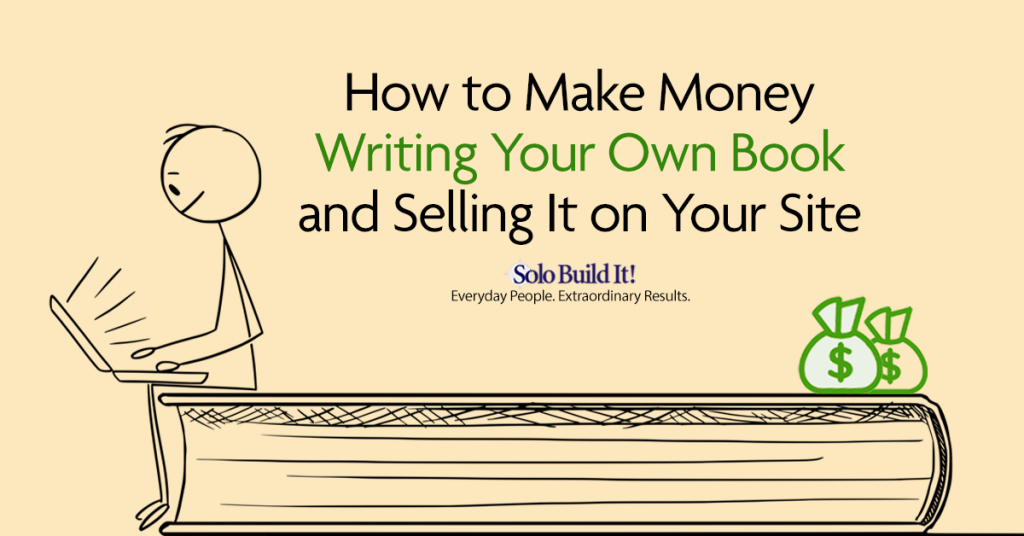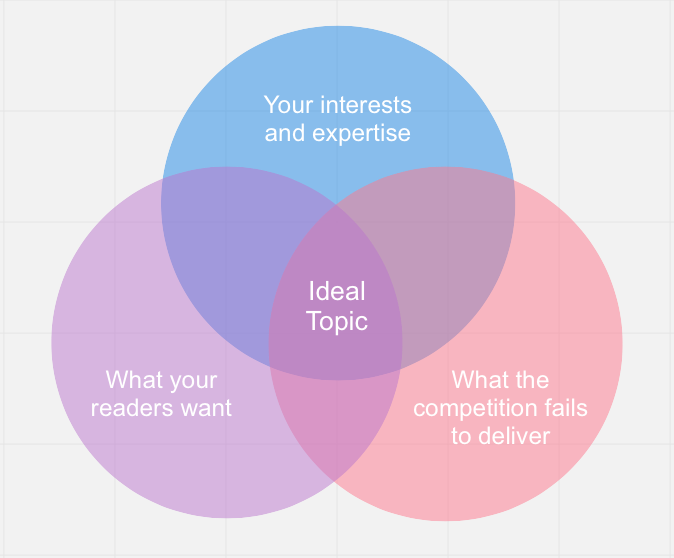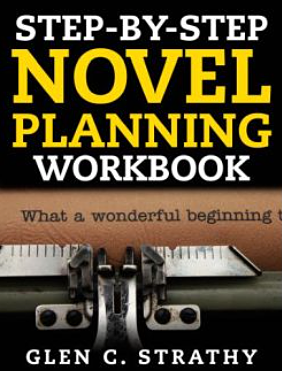If you believe it must be easy to make money writing your own book… or if you believe it must be hard… either way you’re right.
And whether you think writing a book that’s 60,000-100,000 words long must be a lot of work… or you think it might be a cinch… either way, you’re also right.
Writing a book can be the hardest thing you’ve ever done, or a walk in the park. You can lose money on a book, or you can become a billionaire.
But let’s not think about J.K. Rowling. She made more money than any writer in history, but the path she followed is as reliable as buying lottery tickets. As a small online business owner, I’m happy to make money from projects where the odds of success are much more in my favor.
And let me be honest. I’m lazy, and I’m busy. So I want to focus on projects that are relatively easy and don’t take much time.
There are many ways to make money writing a book, and many low-cost tools that can help. If you’re getting significant traffic to your blog or website, writing a book is a monetization strategy to consider.
How Writing a Bestseller Showed Me Multiple Ways Book Writing Can Make Money
My introduction to the world of writing nonfiction books for money came years ago when I was hired to co-write two books on investing. (One of these became a NYT Bestselling Business Book.)
 My co-author had a lot of credentials and a big established platform—a subscription-based investment advisory. So he had no trouble getting a literary agent to sell our books to a major publisher, who was able to get them into stores across the US. That led to substantial sales and other benefits (including some good-sized royalty checks).
My co-author had a lot of credentials and a big established platform—a subscription-based investment advisory. So he had no trouble getting a literary agent to sell our books to a major publisher, who was able to get them into stores across the US. That led to substantial sales and other benefits (including some good-sized royalty checks).
We were following what’s now called “the traditional model” of authorship.
Today, you don’t need a huge platform to make money writing your own book. Nor do you need an agent or publisher. You can become your own publisher. Sure, the more traffic you get to your blog or website, the more money you’re likely to make from writing your own book. But even if you have a modest platform, writing and selling a book gives you a variety of benefits, such as…
- Establishing Your Credibility. Adding “author” to your list of credentials tells visitors and customers you’re a reliable source of information.
- Diversifying Your Income Stream. Most blogs or sites with significant traffic make money selling advertising space. Selling your own book gives you a second way to earn income from your existing traffic, while still doing what you do best—writing about something you have expertise or interest in.
- Improving Visitor Experience. Too many ads can annoy visitors who come to your site for help with a specific topic. But, unlike ads, your book will offer visitors more of what they’re looking for. So they’re more likely to view your sales page positively.
- Generating Passive Income. Once you put your book up for sale, it can generate income for many years with little effort on your part.
- Publicizing Your Existing Business. Every time someone reviews your book, they’re advertising your site (ideally with a link).
- Using Books As Premiums. My co-author offered free copies of our books to anyone who purchased a subscription to his service. This offer increased subscriptions because it gave customers more value. You might give a sample chapter from your book to visitors who subscribe to your newsletter (which might also convince them to buy the whole book).
- Higher Profit Margins. Perhaps you currently write reviews of other people’s books and products on your site—and earn small commissions via affiliate links. If so, you’re sharing the proceeds of each sale with the book’s author, publisher, and retailer. But if you’re the author, publisher, and retailer, you get to keep 100% of the proceeds.
- Low Cost. If you sell ebooks, it costs almost nothing to create and deliver copies. Once again, you can make more money writing your own book, because the profit margin is higher.
Choose a Topic to Write Your Book About In Order To Make Money Writing Your Own Book
If you have an established business, you’ll want to write a book on a related topic, so you can market it to your current visitors or customers. But in case you’re having trouble choosing a topic, here are some tips…
1. Know Yourself
You already know what topics you have expertise in. But it can still be worthwhile making a list of topics you could write a book about, in case there are some you overlooked.
Also, it’s difficult to write a book on a subject that doesn’t interest you, even if you know a lot about it. For instance, if you once had a job you disliked, you might have a lot of knowledge about that business. But having to write a book about it might be a difficult experience.
On the other hand, it’s much easier to write a book on a topic you feel passionate about. Choose a topic you would enjoy researching and writing about. You’ll get a better product, and it will be a lot more fun.
The best approach may be to choose a topic where you have both expertise and passion. But, of the two, passion is more important.
2. Know Your Readers
If you have an established business, what do most of your visitors and customers want information and help with? What questions do they ask you the most? Which posts or pages on your blog are the most popular? Which keywords draw the most traffic? Would any of these topics be better served by a book rather than a short article or series of articles?
Keep in mind that most people’s biggest wants are health, wealth, and happiness, which is why most bestselling nonfiction books are about…
- how to lose weight, get in shape, cope with an illness, or feel more youthful
- how to manage money, invest wisely, start a business, better your career, or save on taxes
- how to find love, manage relationships, parent children, relieve stress, be more spiritual, think positively, or find fulfillment
Next to those three, the other big topic is “how to” books in general. Books that show readers how to do something they want to do usually sell better than reference books.
3. Know Your Competition
If there are many books on your subject already, look for a way to make yours stand out. What unique benefit can you offer readers? What niche topics or angles have other books overlooked? What did other books get wrong? Can you offer more up-to-date information than your competitors?
If you can’t offer better information than what’s out there, it may be enough to offer your unique experience, perspective, or voice. Can you present the information in a more interesting style or a clearer format?
Begin By Making an Outline
The easiest way to keep your book project on track is to start with a good outline.
And the best way to outline is one writers have relied on for nearly a century…
Step #1: Get yourself a package of index cards.
If you prefer working on a screen, apps such as Google Jamboard or Scrivener provide you with a virtual corkboard where you can create cards or post notes and arrange them in any order.
I like index cards better because I can see all the cards at once when they’re spread out. An app will only show me a few cards at a time. It’s your choice.
Step #2: Write each of your ideas on a separate index card.
Do the same for each piece of information or research. Write each possible sub-topic or chapter title on its own index card too. (Use cards of a different color for these.)
Take your time doing this. You need to get this right.
Step #3: Spread the cards on a big surface.
I prefer a corkboard, dining table, or my office floor.
Step #4: Group your idea and information cards by topic.
Step #5: Within each topic, arrange the cards in the order that makes the most sense.
Feel free to replace ideas with better ideas or discard information that seems unnecessary. Add new cards where needed.
Step #6: Assemble all the groups in order, creating one big stack.
This stack of cards is now the outline for the body of your book. As you write, you’ll work your way through the stack from start to finish.
Four Ways to Write a Book If You Don’t Like Writing
Naturally, you want to fill your book with great information. You want your readers to feel they received good value from it. Then they’ll be more likely to buy other products from you, give you testimonials, and recommend your book to friends online and off.
But can you create enough content to fill a book? Can you write 60k to 100k words? Sure you can. Let’s consider some ways to do this, starting with the easiest…
1. Repurpose Materials You’ve Already Created and Make Money Writing Your Own Book
I’ve taught creative writing classes for many years. In that job, I created a lot of worksheets to guide my students through the process of planning and developing a novel.
A few years ago, I packaged all these worksheets together. I added some updated instructions on how to use them, and the result was a novel-planning workbook. I added a nice cover, redesigned the worksheets so they looked better, and put the workbook up for sale on my website. The whole project took very little time and effort, but I sold over 1,000 copies.
Perhaps you have some older blog posts, or posts you never published because they were too long or off-topic, or you never found time to finish them. You may be able to assemble these materials into a book. Each post might become a chapter. Taking this approach, you may find you have most of a book written before you even start.
Of course, you must update this material and supplement it with more quality information, examples, or anecdotes. You may want to go into more detail on some topics, write a few new chapters, or make other changes so the chapters fit together nicely. Most writers find it easier to edit existing material than write new material from scratch.
2. Use Many Illustrations
Illustrated books are enjoyable to read, and illustrations make complex information easy for people to understand. Add photographs, charts, tables, graphs, drawings, and other visual elements to your book. Not only will illustrations help you convey your ideas and information, they will also fill a lot of space in the book. So you can write fewer words.
Some books consist mostly of illustrations—cookbooks, coffee table books, art books, puzzle books, guidebooks, etc. You may need more design skills or the help of a designer to make each page visually appealing. If you enjoy working with images more than writing, illustrated books are a good option. (Some people even make money selling well-designed blank books, which contain almost no writing.)
3. Consider Writing Reports Rather Than Books
An alternative to writing a book is to create short reports and sell them on your site. Reports can be anywhere from 5,000 to 20,000 words, which means they take less time to write.
You’ll likely charge less for a single report. But if you sell someone a series of 4-10 reports at $5 a pop, that’s the same price and word count as a book. Plus, more people are willing to pay $5 for a report than $30 for a book. You may find it easier to write a few reports each year. Eventually, you can update and assemble your old reports into a book that you can sell (see #1 above).
4. If You Prefer Talking to Writing…
If you don’t like writing for long stretches, another option is to have someone interview you about the topic of your book. Use a free conference app like Zoom or Skype. These apps will record your conversation and generate a transcript that you can copy and paste into Google Docs, Microsoft Word, or Scrivener. You could do a series of interviews, with each one becoming a chapter of a book.
 If you don’t have someone to interview you, use the app to record yourself talking. Pretend you’re giving a lecture or explaining your topic to someone. Write an outline or point form notes about what you want to say before you start. Try explaining hard topics several different ways and choose the best version later.
If you don’t have someone to interview you, use the app to record yourself talking. Pretend you’re giving a lecture or explaining your topic to someone. Write an outline or point form notes about what you want to say before you start. Try explaining hard topics several different ways and choose the best version later.
You can generate a lot of material this way. Depending on how long you like to talk, 10-20 interviews can give you most of the material you’ll need to fill up a book.
Of course, you’ll have to edit the transcripts. Make sure the material expresses what you wanted to say clearly and in the best possible way. Delete repetition, unnecessary words, or off-topic passages. Add supporting material and facts, so that each section offers the reader plenty of valuable information and ideas.
Once you have all your material, add appropriate chapter breaks, a table of contents, an index, subheadings, and illustrations to create a complete manuscript. And fix any errors, like you would with any other piece of writing. But to repeat: it’s easier to edit existing text than write from scratch.
Write an Introduction That Hooks Your Reader
The introduction or first chapter of your book should summarize the book’s contents while convincing the reader the rest of the book is worth reading. Some writers prefer to write the introduction first, so it can guide them in the writing process.
Others prefer to write the introduction last, once they’re certain what the rest of the book is about. Both approaches work equally well.
Revise and Edit Your Book Until It’s Perfect
To create a quality product, you must put as much effort into revising your manuscript as you did in writing it. Revision usually happens in two phases.
Substantive Editing
The first phase of revision is more about the book’s concept than the actual content. Substantive editing is a process of making sure your book’s core idea is appealing, that it includes all the other ideas and information needed to achieve its aim, and that it presents them in the best order. At the same time, you’ll cut material that’s unnecessary.
Most writers have a hard time doing their own substantive editing. Instead, show your manuscript to people who can give you good feedback. These “beta readers” can include people interested in your topic as well as people who know about writing.
Ask them questions like, “Is this a book you would want to buy? Are there any parts of the book that didn’t hold your interest? Do you wish there was more or less information in some parts? Did anything not make sense?”
Line Editing and Proofreading
Line editing is the process of making each sentence in your book the best it can be. It’s making sure you’ve expressed your ideas clearly and that your prose is easy to read.
Proofreading is the process of finding and fixing technical errors, such as spelling, punctuation, format, or capitalization mistakes.
Many apps can help you with line editing and proofreading, such as MS Word, Hemingway, or Grammarly. These apps have their limitations. Just as spellcheck will often give bad advice or misunderstand your intent, so will grammar and style-checking apps. You must review each recommendation an app makes before accepting it.
Alternatively, you can hire a freelance editor to line edit and proofread your book.
Turn Your Manuscript Into an Ebook
If you’re planning to sell your books exclusively on your own blog, the simplest format is a PDF file. This is much less expensive than printing and shipping paper books.
PDFs can be opened and read on every computer or other device. Apps like MS Word, Google Docs, Apple’s Pages, and Scrivener can easily export files in PDF format, which may be all you need for reports and books that are not too heavily illustrated.
You seldom need to encrypt your PDF with a password. Few people will copy your books and give them away to other people. And even if someone does, those copies will just be more advertising for your site.
To assert your legal rights, you should put a standard copyright notice on the back of your title page, such as:
© 2023 John Doe.
All rights reserved. No part of this work may be reproduced or transmitted in any form by any means electronic or mechanical without the express permission of the author. This includes reprints, excerpts, photocopying, recording, information retrieval and storage systems, or any future means of reproducing text.
Published by:
Publisher name, address, or contact details
You can use a PDF editor app such as Adobe to make your book “read-only,” which will discourage a thief from putting his name on it and selling copies. Or you can use an online app like Sedja to “flatten” your document. This will convert your text into an image, making it impossible to edit.
Bear in mind, this will only discourage someone from modifying your document. A determined person can overcome these measures. If unauthorized copying starts to rob you of sales, you might need to consult a lawyer regarding how to assert your rights. However, pirating is rare.
Add an Enticing Cover Page and Design
 To entice people to buy your book, it must have a great cover design. This image will appear on your sales page and in every review or advertisement.
To entice people to buy your book, it must have a great cover design. This image will appear on your sales page and in every review or advertisement.
Fortunately, it’s easy and inexpensive to get an appealing cover design. Sites like Fiverr and Upwork can hook you up with designers who charge low rates and deliver quality work.
You can also hire book designers on these sites who will make each page of your book visually appealing. A good interior design adds quality to all ebooks and is especially important if your book contains illustrations.
Set Up Your E-commerce System
Before you can make money writing your own book and start selling it on your site, you need a way to collect payments and fill orders. The easiest solution is to use an e-commerce service provider. If you already act as an affiliate to sell products on your site, you may have an existing relationship with a service provider you want to expand on.
For my novel-planning workbook, I used E-junkie. It only costs a few dollars a month, and it works with PayPal. E-junkie collects payments in any currency and emails ebooks to customers.
Write a Winning Sales Page
The final step is to add a sales page to your blog. Writing a great sales page is an art in itself. You must convince your visitors…
- How much great information the book has to offer.
- How the book will help them achieve their aims.
- How easy it will be for them to follow the book’s advice.
Include testimonials and endorsements as proof the book is worth the price. And add more testimonials to the sales page as you receive them.
Close the sale with an irresistible call-to-action that links to an order page provided by your ecommerce service provider.
Promote Your Book
You can use many methods to promote your book. I’m a big believer in ones that cost nothing. The simplest method is to create an email campaign advertising your book to your subscribers since they’re more likely to buy a copy than people who don’t know you. You can also solicit reviews from bloggers and post information about your book on all your social media platforms.
Finally…
Keep working to grow the traffic to your blog or website. The more people who visit your site and read your sales page, the more ebooks you’ll sell.
The folks at Solo Build It! are excellent at teaching you how to build a site that gets lots of traffic. I suggest you check them out!
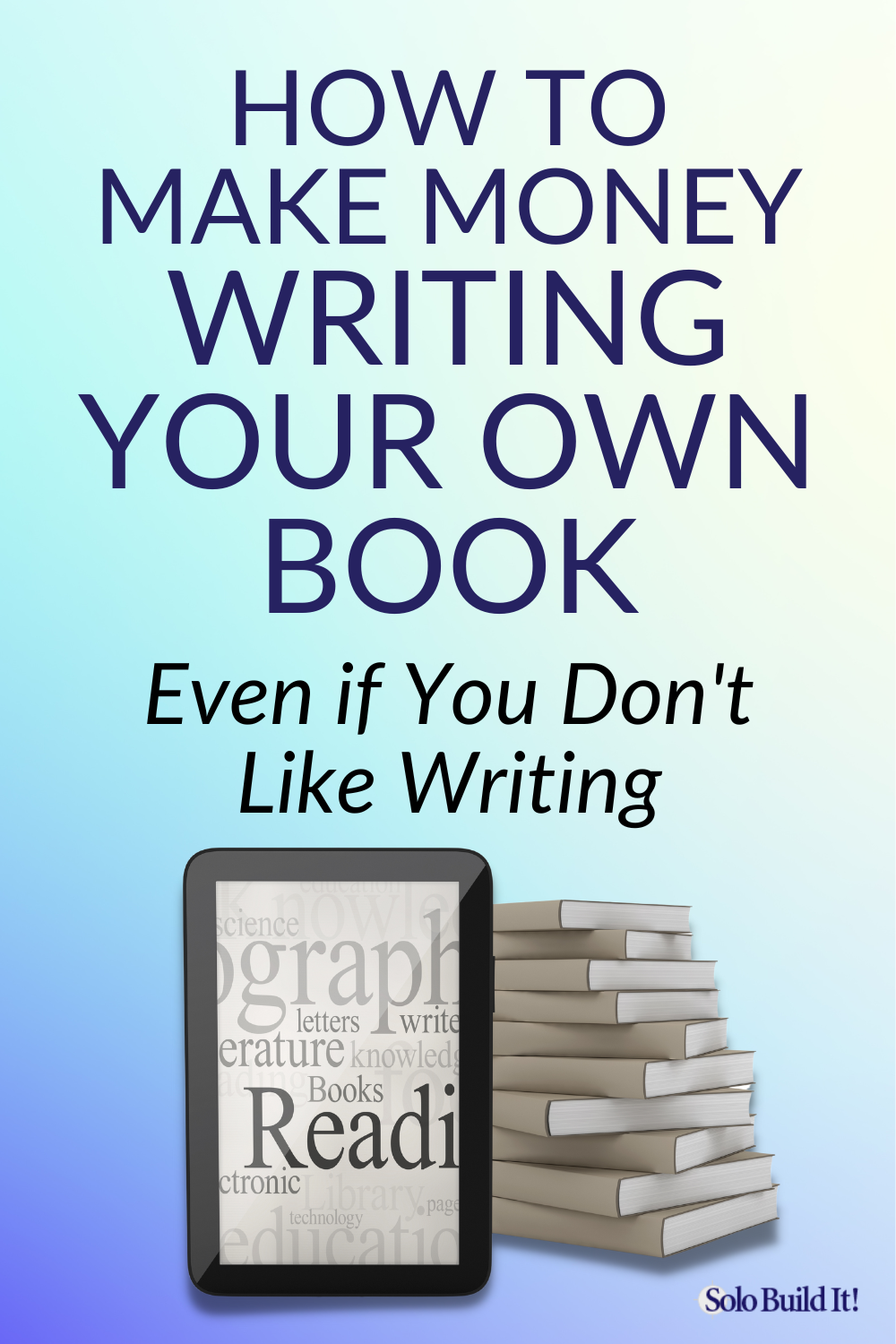
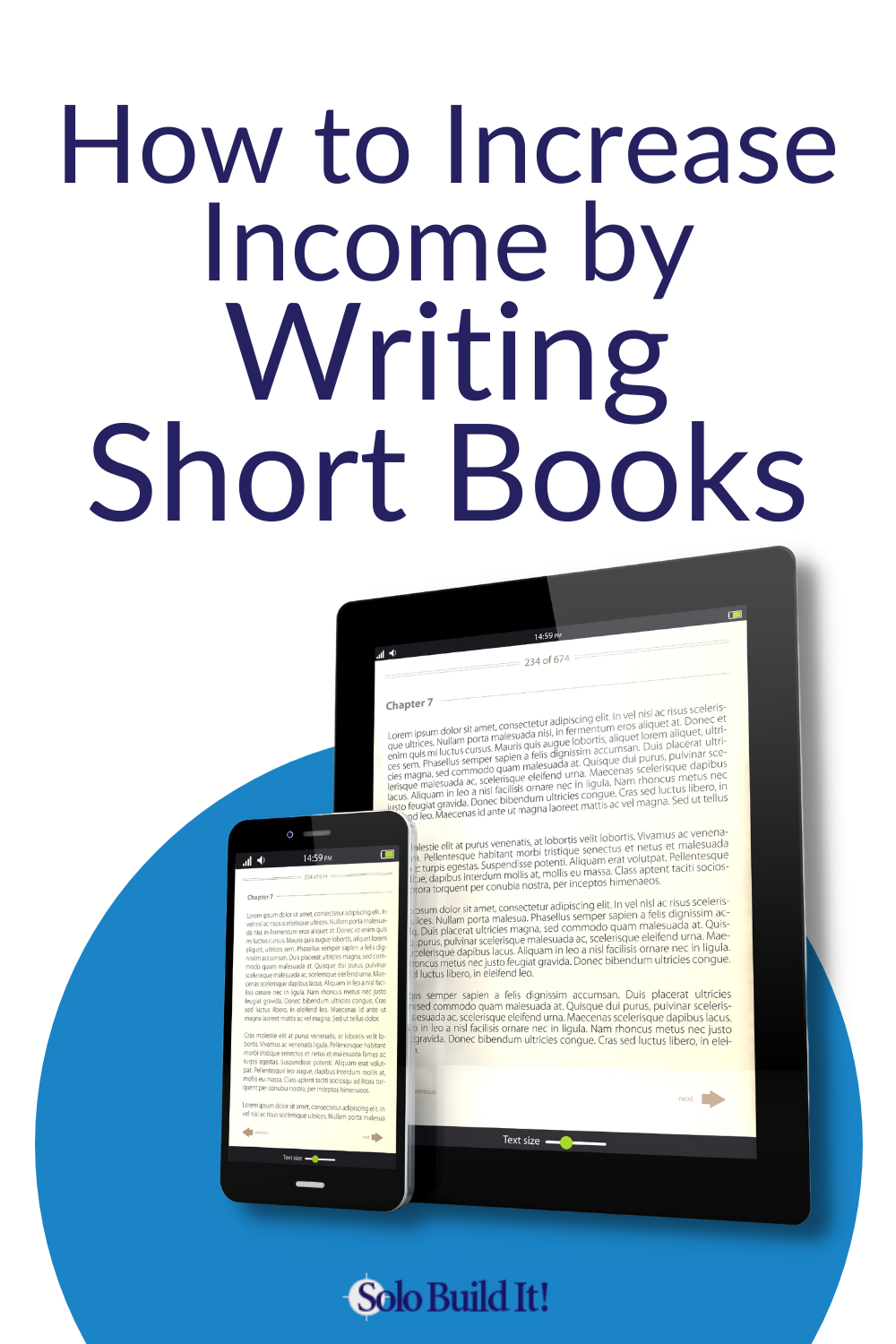
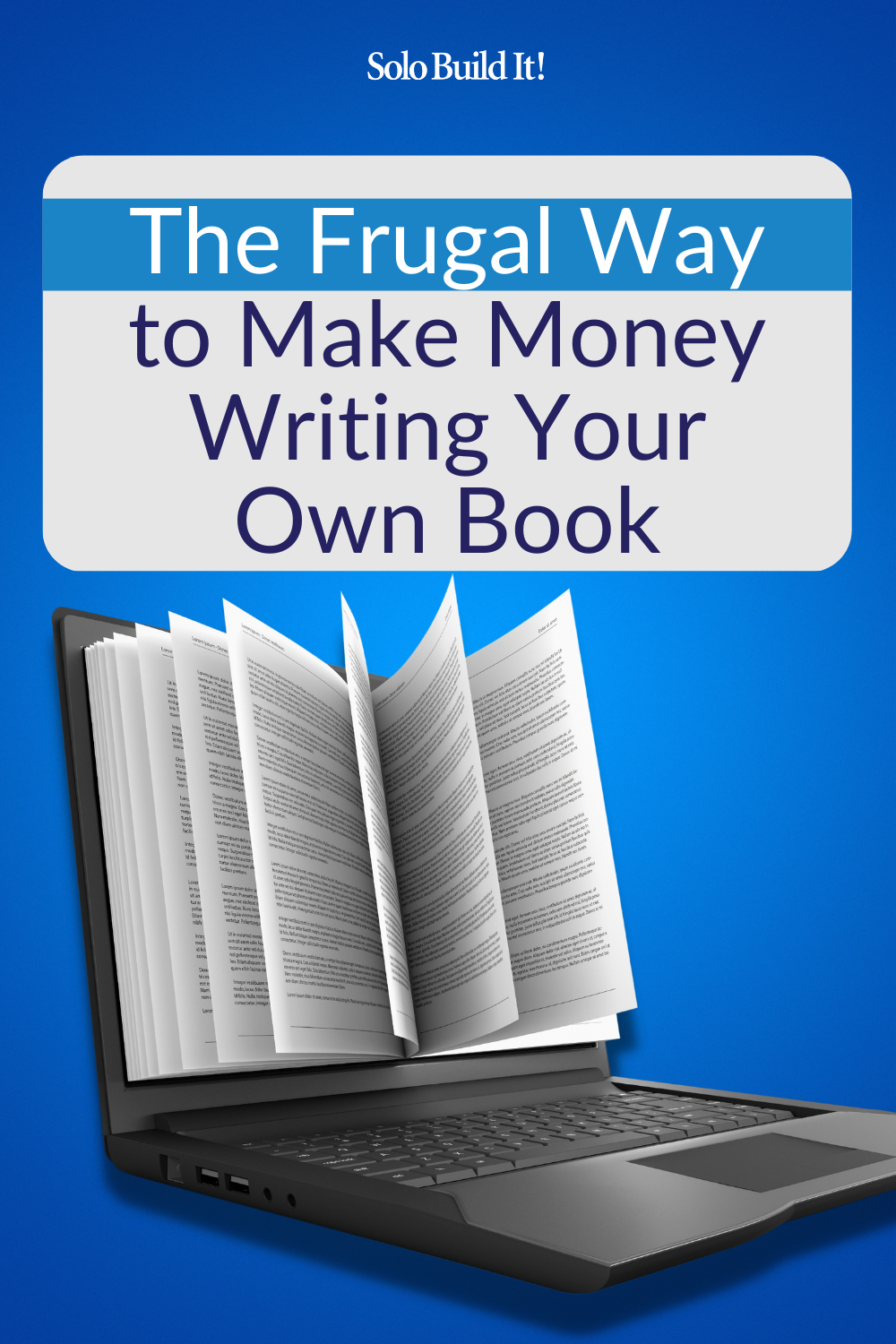
Glen C. Strathy
Latest posts by Glen C. Strathy (see all)
- How to Make Money Writing Your Own Book and Selling It on Your Site - March 20, 2023


